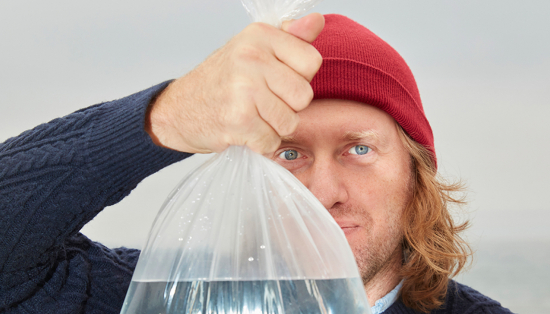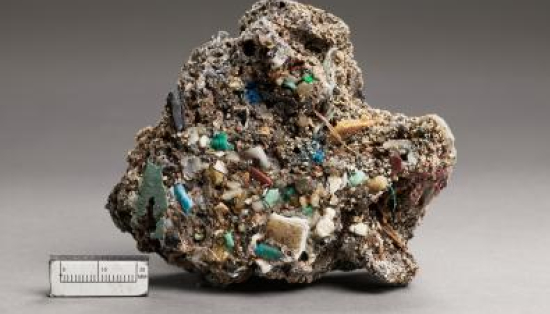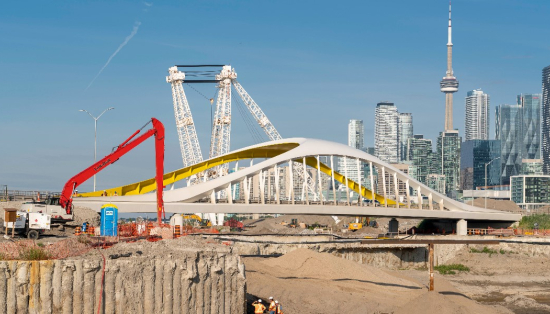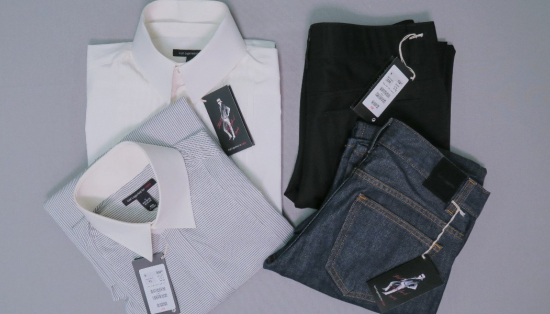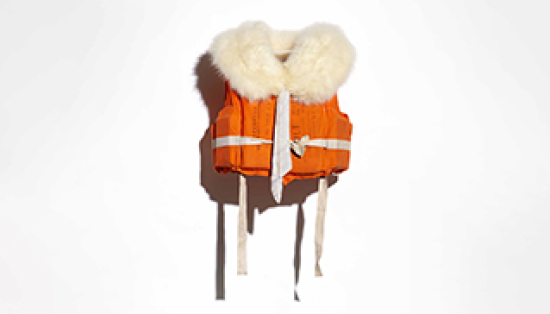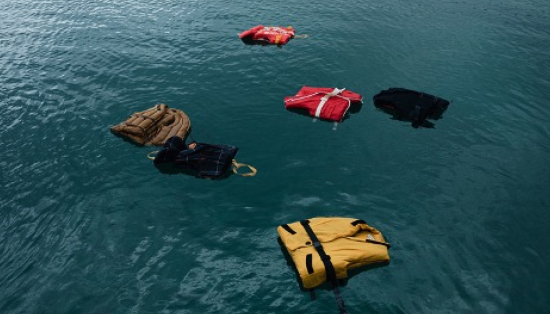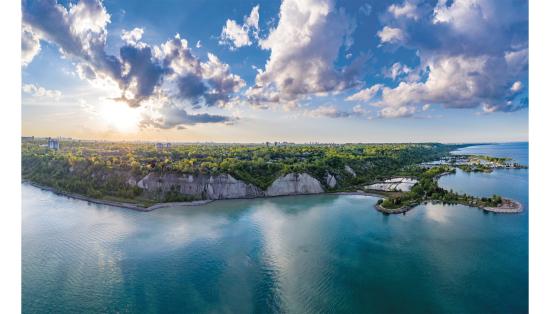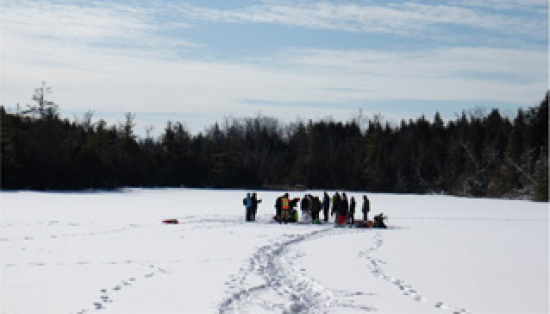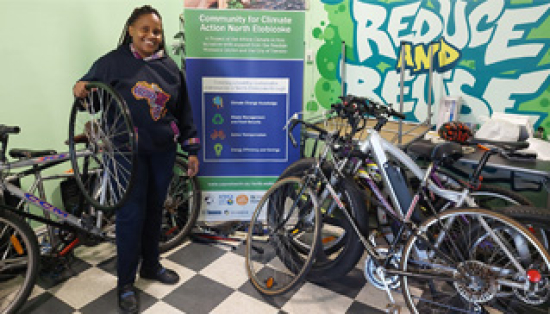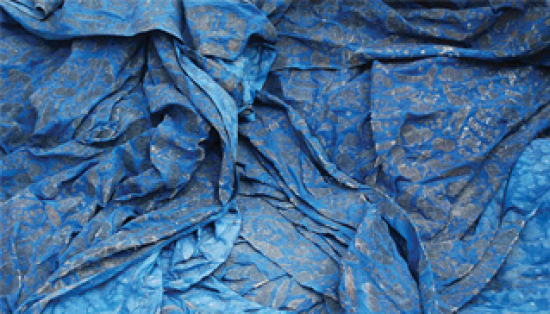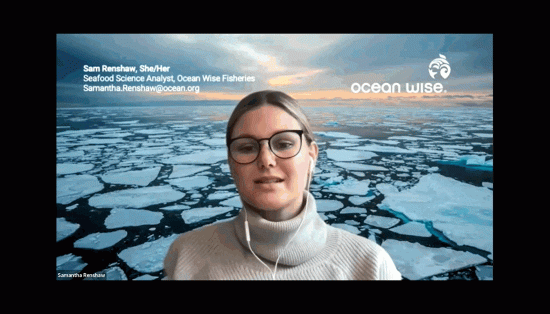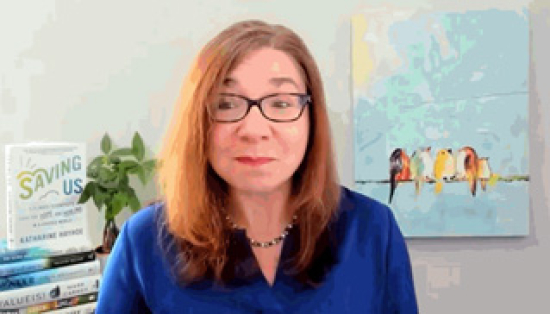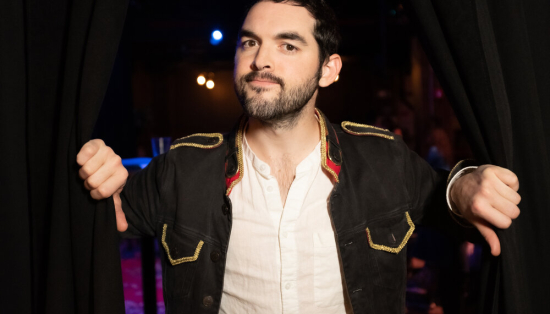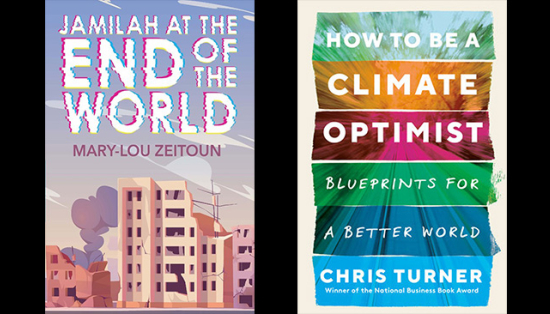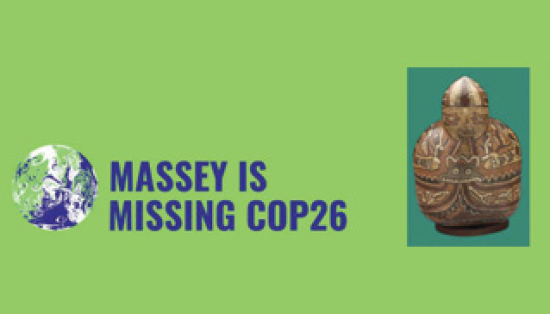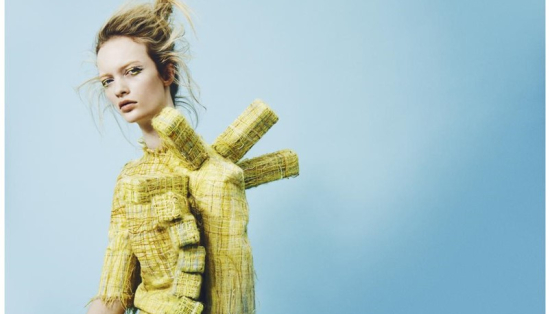Upcoming Events
An Active Voice for Climate Hope
At ROM, we know that climate change is happening. We’ve seen the effects of it revealed in field and lab research, scientific study data, changing field expedition parameters, and much more.
In a bold move, the Museum committed to share knowledge and insights from research, studies, data, and other fact-based evidence to help raise awareness of the effects of climate change, and in 2021, welcomed Dr. Soren Brothers, the first Allan and Helaine Shiff Curator of Climate Change.
Through programming, exhibitions, gallery updates, education and kids programming, and regular updates from our Climate Change Team, we invite exploration and discovery about the ways our climate is changing, how we affect and are affected by those changes, and the actions – big and small – we can take to contribute to climate hope.
Born and raised in southern Ontario, Soren holds degrees in Biology and a PhD in Limnology (magna cum laude). As a limnologist (one who studies inland aquatic ecosystems, like our own Great Lakes) he researches the effects of climate change on lakes, and how they can help us better understand and predict global climate change “tipping points”*. He believes we are entering a moment of positive ecological awareness – a new tipping point – where constructive change will keep us moving forward, restoring more balance to our planet’s ecosystems.
Making a Difference
Our personal stories are the drivers of change. Through our stories, communities are formed, larger changes and efforts are defined, and sustainable actions are engaged. While news around climate change often focuses on the negative or disastrous ‘tipping points’, we are also experiencing a positive societal tipping point through unprecedented awareness and action.
Take a moment to discover what we’ve been doing to raise awareness of climate change.
- Take our Climate History, Climate Hope on your next visit to ROM.
- Experience exhibitions and galleries that speak to our relationship with the natural world, like the Life in Crisis: Schad Gallery of Biodiversity
-
Has climate change affected your life? Tell us how by submitting your Climate Change Story.
Explore More
Explore how plastics have become a hallmark of the Anthropocene – the period during which humans have had a substantial impact on our planet – and a permanent part of Earth’s geology.
Chronicling the momentous changes from the ongoing revitalization of Toronto’s Port Lands, artists Vid Ingelevics and Ryan Walker have spent years creating a photographic record of the changes in this corner of the city.
In this age of fast fashion, sustainability often takes a back seat to speed, as mass-market fashion retailers scramble to keep up with the latest trends, producing large quantities of inexpensive clothing, much of which often never sees a personal closet.
Learn how the global textile and fast fashion industry plays a major role in climate change, social justice, water quality, and environmental degradation.
Noelle Hamlyn’s upcoming new installation at ROM asks us to mend our relationship with dressing up.
Faced with multiple global tipping points, scientists are considering new ways of thinking and acting.
Sarah Kamau on ROM’s green future and the little things that make a big difference.
Learn more of the contemporary search for sustainable cotton, colour, and design.
Explore the small but meaningful ways individuals can make a difference to the world’s marine environments.
Climate scientist Katharine Hayhoe makes the case for hope and healing in an engaging conversation with Soren Brothers.
Experience how comedy bridges the gap between science and public audiences.
Explore the use of literature to engage with the impacts of climate change.
What can we learn from our past to prepare us in a climate crisis?
A conversation on how to live and look better, for the sake of the planet.

